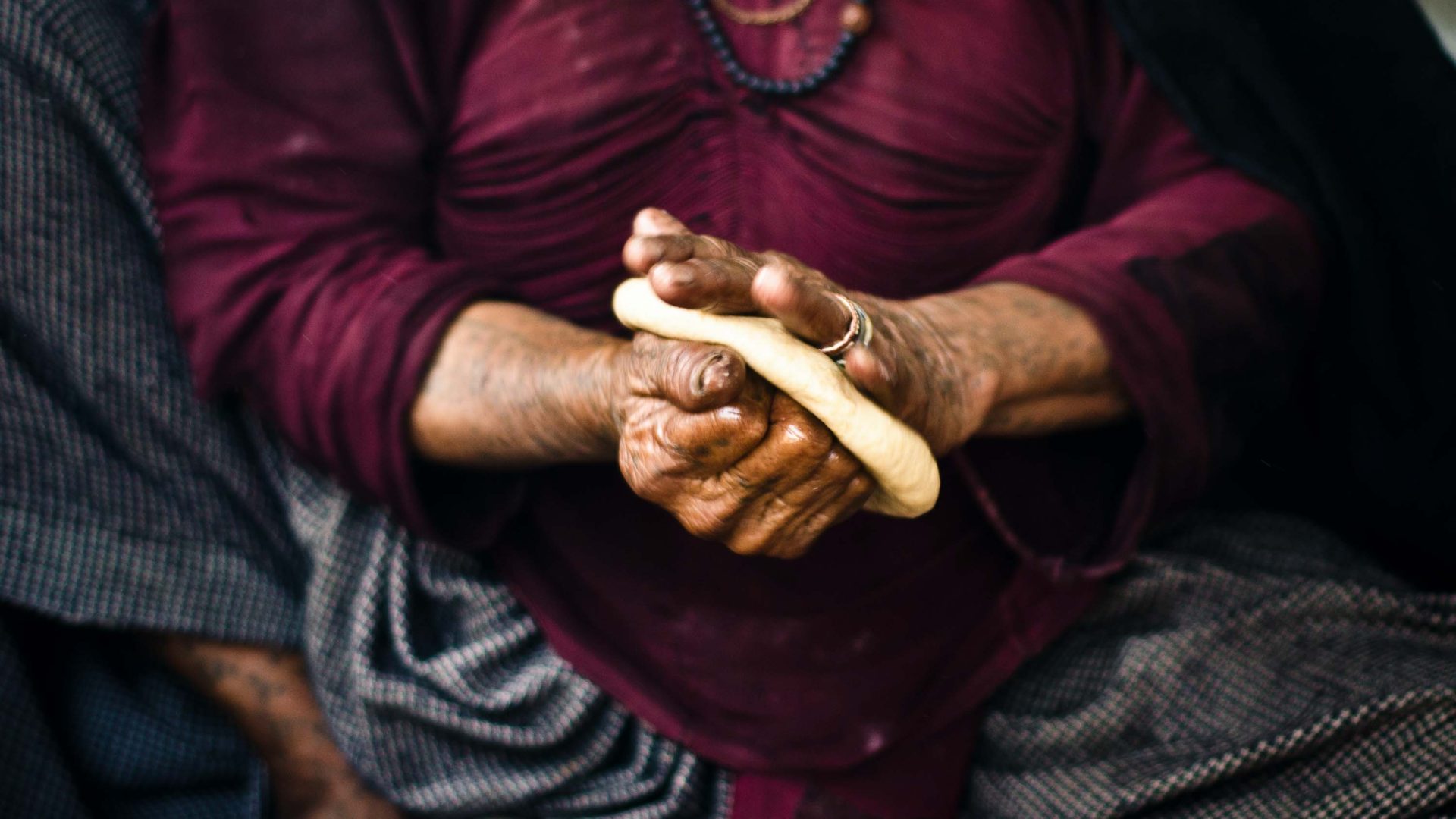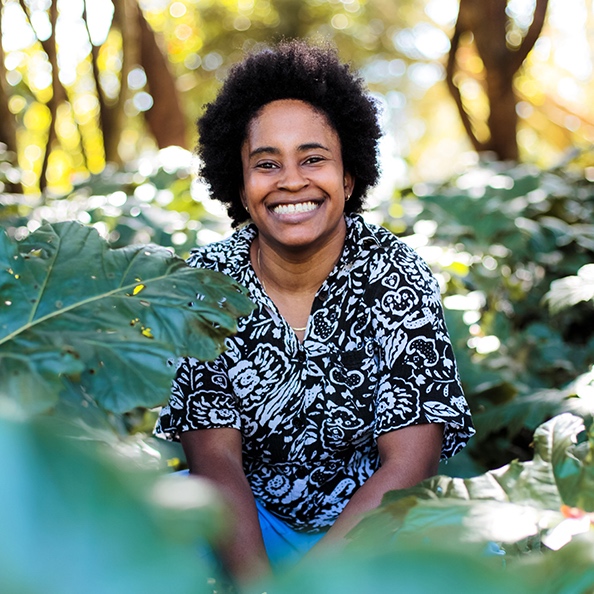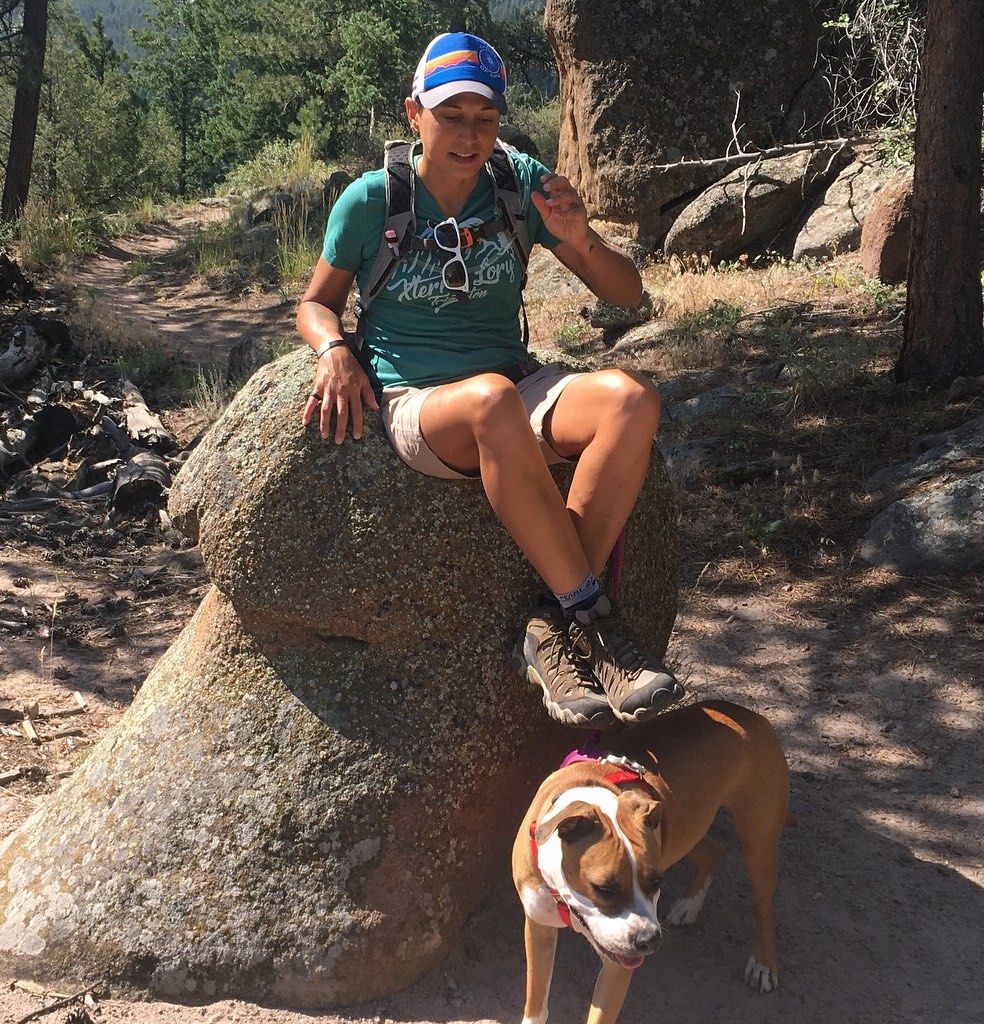
The health of our planet is directly tied to the health of people and their cultures. Without access to foods that are unique to Indigenous people and native landscapes, we all suffer. So why aren’t we talking about food sovereignty more?


The health of our planet is directly tied to the health of people and their cultures. Without access to foods that are unique to Indigenous people and native landscapes, we all suffer. So why aren’t we talking about food sovereignty more?
In many corners of the world, major questions about what we want the future of our food systems to look like in a better, climate-just world are being asked. Indigenous cultural leaders, activists, scientists and youth are answering those questions with food sovereignty right solutions. “The importance … is that our work and what we’re doing in the community is recognized,” Crystal Wahpepah, owner and chef of Wahpehpah’s Kitchen and recent James Beard Award nominee, told Visit California. “That’s definitely the mission—to promote food sovereignty while being visible in our community, especially to youth. They are our next generation, you know.”
According to the Declaration of Nyéléni, the first global forum on food sovereignty, “Food sovereignty is defined as the right of peoples to healthy and culturally-appropriate food produced through ecologically sound and sustainable methods, and their right to define their own food and agriculture systems. It puts the aspirations and needs of those who produce, distribute and consume food at the heart of food systems and policies rather than the demands of markets and corporations.”
When we talk about Indigenous food sovereignty specifically, it refers to the right of Indigenous nations and tribal communities to determine and control their own food systems and the politics surrounding their food production, distribution and consumption. Linda Black Elk, Education and Engagement Director at NATIFS, says that food sovereignty “isn’t ‘surviving’ with enough calories from whatever food you can scrape up at a gas station; it’s the ability to thrive with food that actually nourishes us physically, mentally, emotionally, and spiritually. A sovereign food system connects us to each other, but also to the plants, animals, land, and our entire planet.”
The Native food sovereignty movement seeks to transform the future of global food systems through the restoration of Indigenous agricultural and cultural practices, like fishing, hunting, and gathering, that were dismantled by displacement and colonization. Indigenous food sovereignty heals past historical harms, and in doing so, catapults Native foodways to the forefront of larger conversations surrounding community-centered climate responses.
Connecting food sovereignty to the climate crisis isn’t a vast leap to make when you consider that food system emissions represent one-third of human-caused greenhouse gas emissions. Around 70 percent of those emissions come from agriculture and land use/land-use change activities. What got us here? Many decades of an industrial model of agriculture. Research shows that industrial agriculture and monoculture is the leading cause of the degradation of our soil, water and air in the US, resulting in 700,000 miles of rivers and streams deemed unsuitable for fishing or swimming, 15,900 air quality-related premature deaths a year from food production, and soil nutrition that is depleting at 1,000 times the restoration rate.
Our food systems are simultaneously affected by and contribute to the effects of the climate emergency. For example, studies show that under the current agricultural system, livestock and their manure are significant producers of dangerous airborne contaminants like methane and nitrous oxide. These gases, which contribute to global warming, as well as air and water pollution, often have harmful effects on human health, resulting in breathing difficulties and increased risk of lung disease and cancer.
Communities around the world are experiencing extreme weather events, fluctuations in temperature and water availability, biodiversity loss and land degradation. This has meant rapid and ongoing adaptations and mitigation techniques by farmers, food producers and agricultural laborers in an attempt to stay ahead of the curve. BIPOC (Black, Indigenous, and People of Color), low-income, women and children, people with disabilities and immigrant communities have been disproportionately impacted by this. In fact, the EPA’s Climate Change and Social Vulnerability in the United States: A Focus on Six Impacts Report, states that minorities are most likely to currently live in areas where their analyses project the highest levels of climate change impacts with 2 degrees Celsius of global warming.
“Industrial agriculture is destroying our planet. It uses all of our precious clean water and then spits polluted water laced with pesticides back at us. It destroys our soil through annual tillage resulting in massive losses of topsoil and constant inputs of fertilizers, herbicides, pesticides, fungicides,” Linda says. “But what’s worse than all of this is the fact that every one of these actions contributes to our already warming climate. We can grow enough food to feed our population through Indigenous agricultural methods. We can attain food sovereignty and still take care of our planet.”
Local food systems around the world are diverse. This means that food sovereignty efforts will look just as diverse, depending on the needs of the communities and the land they live on.
As much as Indigenous Nations are active stewards in global food systems, frequently in academic, scientific and other knowledge-producing spaces where much influence and power are held, Indigenous peoples’ knowledge and lived experiences are not valued to the same degree as traditional, Western forms of knowledge and understanding. At Montana State University, Jill Falcon Ramaker is making strides to right these pervasive wrongs as the director of the Buffalo Nations Food System Initiative.
Together with Native students and tribal communities, Falcon Ramaker is revitalizing lost Indigenous knowledge, languages and cultural practices related to food systems and bison caretaking while creating Native-led accredited education programs and grants for Indigenous students at Montana State University. When climate solution spaces start prioritizing Native food sovereignty, Indigenous ways of knowing about the world and existing in the world are valued and utilized at the same level as other ways of knowing.
Indigenous-led ecological restoration projects to repopulate American bison in North America are underway. The bison’s numbers dwindled down to only a few hundred by the late 1800’s due to government-sanctioned bison extermination by European settlers. This massive population decline heavily decimated the mutually dependent grassland ecosystems, Indigenous economies, food security and ways of life. Today, thanks to Indigenous-led bison conservation efforts, more than 20,000 bison are estimated to have repopulated their former home. The bison’s direct return to Indigenous Nations now foretells a brighter future for Indigenous communities across the country.
Local food systems around the world are diverse. This means that food sovereignty efforts will look just as diverse, depending on the needs of the communities and the land they live on.
In mushroom-thriving forests, food sovereignty looks like the passing on of Indigenous foraging knowledge from elders to the next generation, according to Dr. Martin Reinhardt (Anishinaabe Ojibway), professor of Native American Studies at Notrhern Michigan University. “I always enjoyed the taste of fresh Morel mushrooms, but I think I enjoyed the time I spent with my dad even more,” Reinhardt told YES! Magazine.
In California, food sovereignty looks like cultural burning—the intentional practice of lighting small, controlled fires to shape and manage the land to create a desired cultural outcome. The practice is actively used by Native tribes, like the Yurok and Karuk tribes, as a form of land management and is deeply informed by Indigenous knowledge. Cultural burning increases biodiversity, supports the health of plants and animals that are sources of food and medicine, and reduces the occurrence of dangerous wildfires. In 1850, cultural burning was completely banned by the state government. Now, through collaborative partnerships with federal and state government agencies, like with California’s recently launched Prescribed Fire Liability Claims Fund Pilot, Indigenous perspectives are being integrated into new policies and programs.
Indigenous food sovereignty acts as a connector between worlds—capable of being a bridge to address difficult, yet important, narratives in order to bring about reconciliation, restoration and renewal. By investing in Indigenous knowledge—whether that be through advocating for Indigenous-led policy change or supporting Native-owned and operated farms—an intersectional future can prioritize people and the planet. “I want people to know and understand the Lakota concept of ‘mitakuye oyasin,’” says Linda Black Elk. “This concept can’t really be translated into English, but I was taught that it means ‘we are all related.’ Isn’t that beautiful? We are related to the soil, the rocks, the water … to everything and everyone. When we begin to understand that we are all related, we start walking upon the Earth more gently.”
***
Adventure.com strives to be a low-emissions publication, and we are working to reduce our carbon emissions where possible. Emissions generated by the movements of our staff and contributors are carbon offset through our parent company, Intrepid. You can visit our sustainability page and read our Contributor Impact Guidelines for more information. While we take our commitment to people and planet seriously, we acknowledge that we still have plenty of work to do, and we welcome all feedback and suggestions from our readers. You can contact us anytime at hello@adventure.com. Please allow up to one week for a response.

Jarre Hamilton is a PhD candidate in anthropology at the University of California, Berkeley and currently oversees research development at Intersectional Environmentalist. Jarre’s work as a certified interpretive guide, environmental educator, and scholar focuses on creating outdoor educational spaces to engage a wide range of public audiences in discussions on science communication and programming, cultural heritage, community engagement, and the environment.








Can't find what you're looking for? Try using these tags: